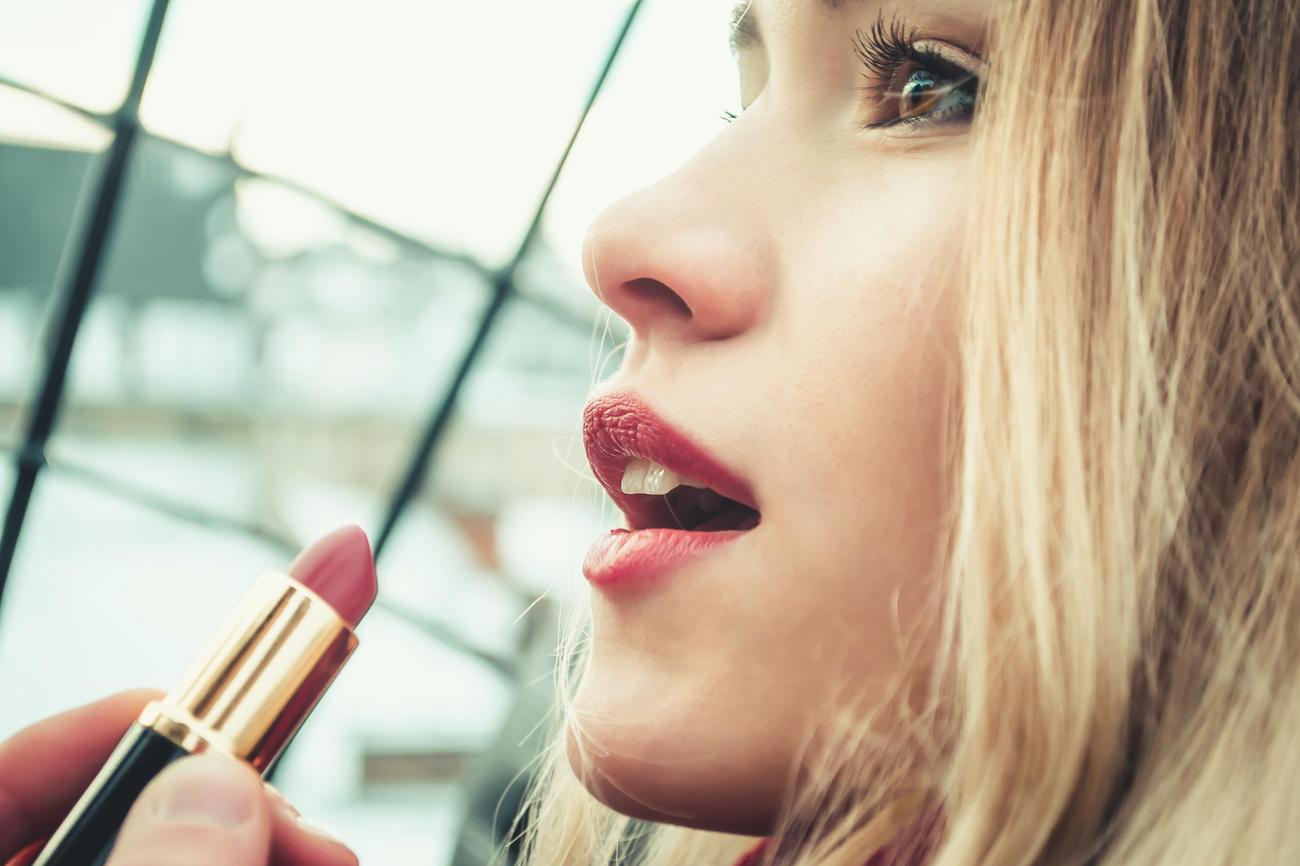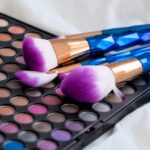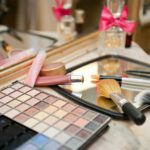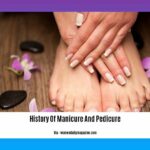Are you ready to embark on a journey into the mesmerizing world of cosmetology? Prepare to be captivated by 100 fascinating facts that will unlock the secrets behind beauty and self-expression. From the latest trends to the time-honored techniques, this ultimate guide is your passport to the enchanting realm of hairstyling, nail care, makeup application, and skincare. Whether you’re a beauty enthusiast or a seasoned cosmetologist, get ready to dive deep into a sea of knowledge and discover the extraordinary wonders that cosmetology has to offer. So, let’s dive in and unveil these 100 captivating cosmetology facts!
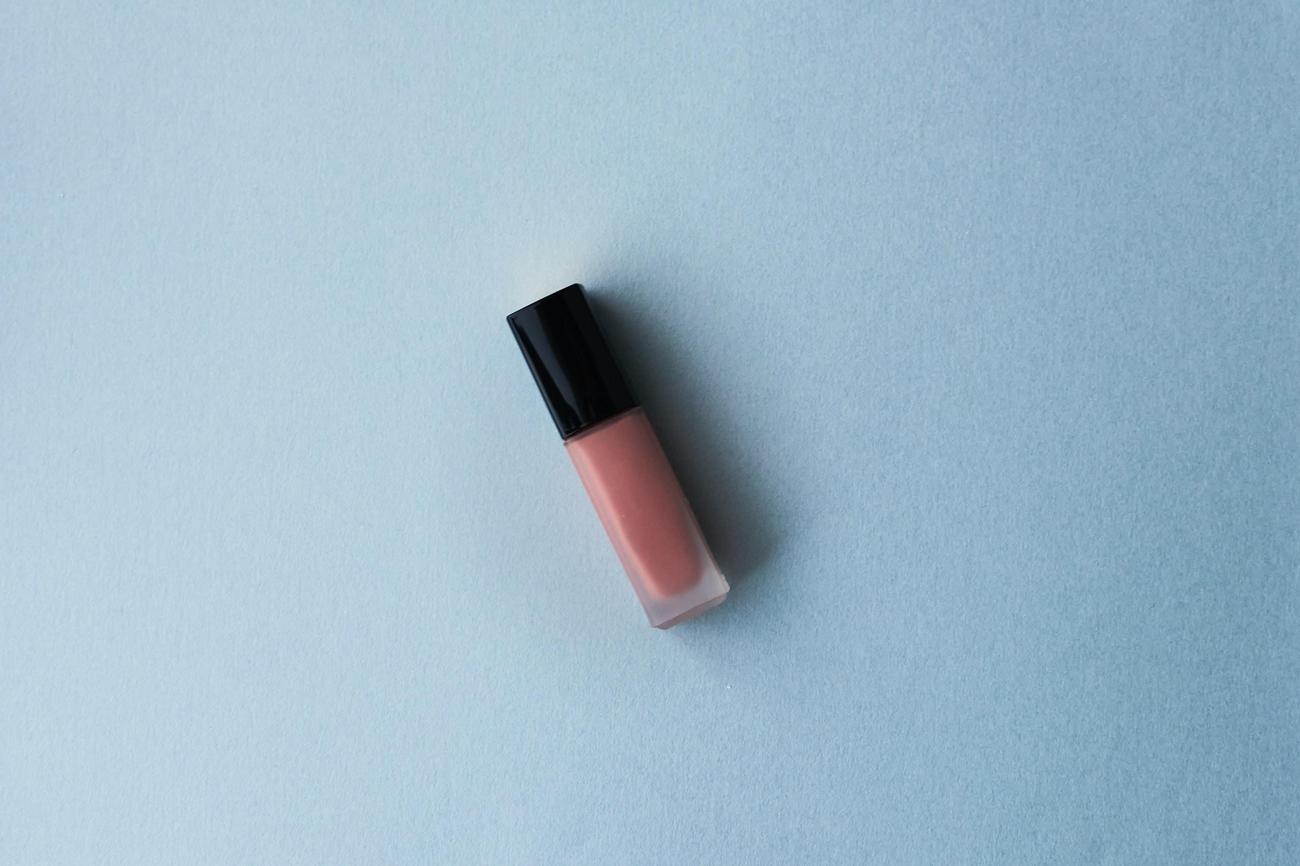
100 Cosmetology Facts
As an experienced cosmetologist, I have gathered a wealth of fascinating information about the world of cosmetology. Let’s dive into 100 captivating facts that will unveil the secrets behind this dynamic industry.
Have you ever wondered where the term “cosmetology” comes from? It actually stems from the Greek word “kosmetikos,” which means “skilled in adornment.”
Cosmetology has a rich history dating back to ancient civilizations, with Ancient Egypt being particularly influential in the development of advanced beauty practices.
To become a licensed cosmetologist, individuals must complete a comprehensive program at an accredited beauty school. This program covers a wide range of topics, including hair styling, nail care, makeup application, and skincare.
Cosmetology emerged as a recognized profession in the early 20th century, gaining importance as beauty standards evolved and people sought professional help to enhance their appearance.
Cosmetologists are considered artists in their own right. They express their creativity through various beauty techniques and trends, just like painters or sculptors bring their visions to life on canvas or with clay.
The field of cosmetology is constantly evolving, requiring cosmetologists to continuously learn and stay up to date with the latest trends and techniques. It’s like being on a perpetual journey of discovery and innovation.
Cosmetologists often work outside of the typical beauty salon setting. They have opportunities in film, TV, freelancing, and even owning their own businesses. The sky’s the limit!
Unlike traditional educational paths, the time required to complete a cosmetology program is typically shorter. This allows individuals to enter the workforce faster and start practicing their craft earlier.
Cosmetology is not just about hair and makeup. It encompasses a wide range of beauty practices and careers, including skincare specialists, nail technicians, estheticians, and more. It’s a diverse and multifaceted industry.
Cosmetology is marked by an entrepreneurial spirit. Many cosmetologists choose to open their own salons or offer specialized services to cater to diverse client needs and preferences. It’s a profession that allows for creative independence and business ownership.
Did you know that the average person has between 100,000 and 150,000 strands of hair on their head? That’s a lot of hair to work with!
Here’s an interesting fact: natural blondes tend to have more hair strands than individuals with other hair colors. So when it comes to hairstyling for blondes, there’s more volume and potential to create stunning looks.
Cosmetology involves the art and science of beautifying the hair, skin, and nails. It’s not just about the superficial; it’s about enhancing and maintaining one’s overall appearance and confidence.
Cosmetology is currently one of the most sought-after careers in the U.S. With the growing emphasis on self-care and personal grooming, the demand for skilled cosmetologists is at an all-time high.
Cosmetology is a lot more than just makeup and hair coloring. It encompasses various techniques and skills, from precision haircuts to elaborate nail art and advanced skincare treatments. The possibilities are endless!
Now that we’ve explored just a few of the fascinating facets of cosmetology, get ready to dive even deeper into the world of beauty and self-expression. In the next section, we’ll uncover 85 more intriguing cosmetology facts that will leave you in awe of this captivating industry.
“The art of cosmetology is a beautiful blend of creativity and skill, where every stroke of a brush and every touch of a hand brings forth a masterpiece of beauty.”
Cosmetology is a fascinating field that is filled with countless interesting facts. If you’re eager to dive deeper into the world of beauty and skincare, you won’t want to miss out on learning these 20 facts about cosmetology. From the history of makeup to the latest skincare trends, this list will provide you with a wealth of knowledge. So, what are you waiting for? Click here to explore the 20 facts about cosmetology and expand your beauty know-how! 20 facts about cosmetology
To learn fascinating facts about the cosmetology industry, dive into the captivating article titled “100 Cosmetology Facts.” Discover interesting trivia and statistics that will leave you amazed by the breadth and depth of this thriving field. Did you know that the cosmetology industry employs over 1.3 million professionals in the United States alone? Explore more eye-opening insights by clicking on this link: cosmetology industry facts.
Cosmetology trivia enthusiasts will delight in exploring the myriad of surprising facts presented in the article titled “100 Cosmetology Facts.” Uncover intriguing tidbits like the origins of hairstyling, the evolution of makeup trends, and the diverse range of specialized areas within the field. Expand your knowledge with just one click: cosmetology trivia.
Are you seeking intriguing cosmetology statistics that will astound and captivate you? Look no further than the article titled “100 Cosmetology Facts.” Delve into interesting data points, such as the average annual income of cosmetologists and the percentage of beauty salon clients who seek hairstyling services. Satiate your curiosity by clicking on the following link: interesting cosmetology statistics.
The Dangers of Toxic Chemicals in Personal Care Products
[youtube v=”pfq000AF1i8″]
Introduction
The beauty industry is booming, with countless personal care products available on the market. However, what many consumers are unaware of is the presence of toxic chemicals in these products. Although we may think we are enhancing our beauty and well-being by using them, we are often unknowingly exposing ourselves to harmful substances. This article sheds light on the hidden dangers of toxic chemicals in personal care products and the need for stricter regulations to ensure our safety.
The Truth Behind the Labels
When we purchase personal care products, we assume that they have been thoroughly tested and deemed safe for use. However, this couldn’t be further from the truth. Shockingly, less than 20% of chemicals used in cosmetics have been assessed for safety. We are essentially using these products as guinea pigs, waiting to see what impact they may have on our health. As one individual discovered, chemicals linked to cancer and other serious problems lurked in their everyday products, such as shampoo, sunscreen, and even baby shampoo. The lack of regulation and assessment leaves us vulnerable to the potential harm caused by these toxic chemicals.
“My bathroom is a minefield of toxins. What are we supposed to do?”
The System Failure
Toxic chemicals enter our personal care products at the factory level, meaning that if a product contains toxic ingredients, it will end up toxic itself. This not only affects consumers but also workers in these industries, as well as the environment. The average woman in the US uses around 12 personal care products daily, each containing a dozen or more chemicals. This exposes us to a significant number of potentially harmful substances that could lead to various health issues. The problem lies in a broken system that prioritizes profit over consumer safety.
“It’s a whole broken system that’s ignoring the simple rule: toxics in, toxics out.”
The Lack of Regulation
One of the most shocking aspects of this issue is the lack of regulation within the cosmetics industry. Since 1938, the FDA has only banned eight out of over 12,000 ingredients used in cosmetics, highlighting the stark inadequacy of their oversight. Additionally, not all ingredients are required to be listed on product labels, leaving consumers unaware of what they are exposing themselves to. The cosmetics industry has set up its own self-policing system, but compliance with their recommendations is entirely voluntary. This lack of external regulation allows companies to continue using toxic chemicals in their products without consequence.
“Nobody’s making sure that the stuff we smear all over our bodies is safe.”
The Need for Change
Fortunately, we are not completely helpless in this situation. People from all walks of life, including women, parents, and workers, are demanding that Congress pass new laws to ensure the safety of personal care products. These laws would be based on the precautionary principle, erring on the side of caution when dealing with hazardous chemicals. By holding companies accountable and forcing them to remove toxic ingredients, we can create a safer beauty industry. Responsible cosmetics companies are already taking steps to produce safer products, and European governments have implemented regulations to remove toxic chemicals from cosmetics. It is imperative that we advocate for change to protect ourselves and future generations.
“Let’s not debate how much lead should be allowed in lipstick. Just get the toxic chemicals out of our products.”
The Power to Choose
While we wait for the necessary regulations to come into effect, there are resources available online to help consumers identify safer products. Being aware of ingredients and making informed choices can go a long way in protecting ourselves. However, the ultimate responsibility lies with the companies and the government to prioritize consumer safety over profit. By demanding stricter regulations and supporting brands that prioritize non-toxic alternatives, we can gradually shift the industry towards safer practices.
“The most important choice—the choice to be safe and healthy—has already been made.”
Conclusion
The story of cosmetics is a stark reminder that our personal care products may not be as harmless as they seem. Toxic chemicals lurk within these products, posing serious risks to our health. The lack of regulation and oversight perpetuates this problem, leaving consumers vulnerable and unaware. It is crucial that we demand change, pushing for stricter regulations and holding companies accountable for the ingredients they use. By making informed choices and supporting responsible brands, we can pave the way for a safer and healthier future in the beauty industry.

FAQ
Q: What is the origin of the word “cosmetology”?
A: The word “cosmetology” is derived from the Greek word “kosmetikos,” meaning “skilled in adornment.”
Q: What civilizations influenced the development of cosmetology?
A: Cosmetology has roots in ancient civilizations, particularly Ancient Egypt, where advanced beauty practices were prevalent.
Q: What is required to become a licensed cosmetologist?
A: To become a licensed cosmetologist, individuals must complete a comprehensive cosmetology program at an accredited beauty school.
Q: When did cosmetology emerge as a recognized profession?
A: Cosmetology emerged as a recognized profession in the early 20th century, gaining importance as beauty standards evolved.
Q: What does the field of cosmetology encompass?
A: Cosmetology is not just about hair and makeup but encompasses a wide range of beauty practices and careers.
“`json
“`
